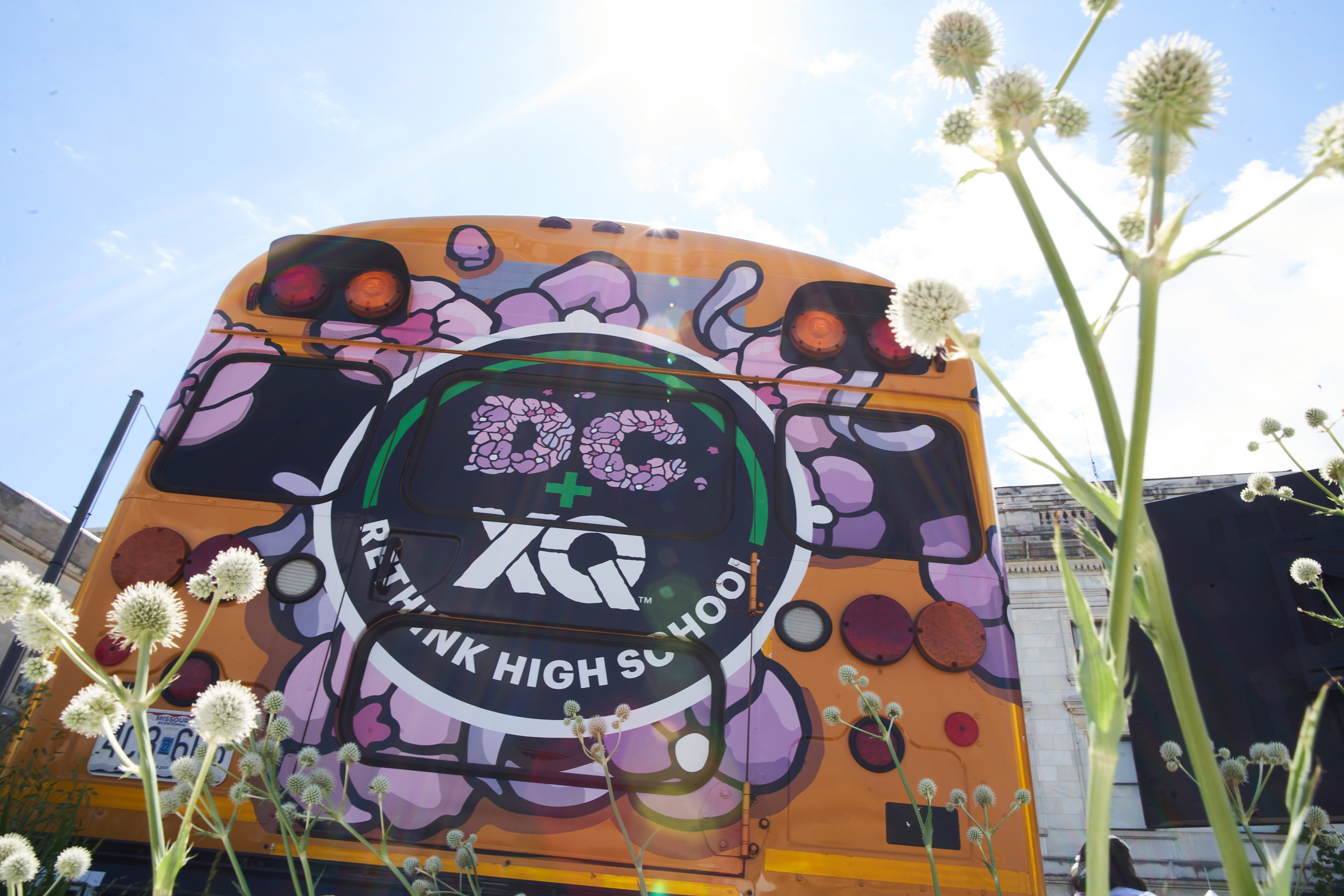Teachers: It’s Time To Graduate From Diversity And Move Closer To Inclusion And Equity
Diversity and representation gaps in our schools affect students across the country. How do we create space for BIPOC voices to be heard?

This summer and its tragic news stories, its murders, and subsequent revelations, have forced me to redefine my personal definition of wokeness. And by redefining what it means to be woke, I’ve had to redefine what it means to empower students of color. In spaces that serve BIPOC students the markers and boundaries of what it means to empower our students have changed. We’ve had to readjust how we support our students and how we teach them new futures. We’ve had to rethink a system that codifies whiteness in its treatment of our students of color—by sidelining their voices, bodies, and minds. No longer does simply being an ally cut it. We need educators to take an explicit stance of solidarity with their students of color and to work to undo hundreds of years of systemic racism in their classroom. I know that the urgency of the moment can make the actual anti-racist work intimidating. But, it’s necessary to break racist structures locally. How then do we make space for our peers to learn to move from allyship to radical work? How can we help them practice anti-racism in their classrooms?
Building an Anti-Racist School Starts with Teacher Diversity
For me, racial justice in the classroom begins with representation. As a former educator and Black woman, I can speak to the power that representation played in my classroom. By seeing myself in my students—and by having them see themselves in me—we created a classroom built on empathy. I placed my life experience and the life experiences of my friends in my students. When a student would be at the risk of expulsion, I advocated with my whole heart for a second chance because I had friends who were expelled. This mirror—between me and my students—reminded me why I wanted to teach in the first place, to become a voice for student equity and access.
This reflection on my career path and how I related to my students led me to take inventory of the Black educators—or lack thereof—in my network. The results of my survey confirmed what I already knew that my network, colleagues, and administrators consisted of white twenty-somethings from surrounding suburbs. I was one of few teachers of color standing as the representation for our minoritized students.
Representation Matters
Representation always matters: from the curriculum to the educators to the school culture. The ability to see yourself in what you’re learning and in who you are learning from is crucial for positive self-development. Representation gives our students the ability to form their own identity, which in turn informs their goals and opinions. More than that, representation directly impacts the success of students of color within a school. Decades of research, case studies, and focus groups reveal that BIPOC graduates who had teachers who looked like them succeed in ways that students who did not see themselves represented in their teachers did not.
However, despite the tangible benefits in our students, teacher diversity is still very limited. In fact, a 2020 study by the National Center for Education Statistics found that 79% of teachers serving in the 2017-2018 academic year identified as white and that only 7% of teachers identified as Black. This percentage of Black teachers is most troubling in that it points to a larger trend of teacher diversity: the share of Black teachers has dropped from 1 percentage point since 1999-2000.
The widening gap between Black and white educators stems from a clear lack of teacher diversity efforts. However, the blame for this failed diversity cannot be carried by marginalized communities. It’s not the responsibility of people of color to go into the teaching profession. Rather the onus of this responsibility and its failure falls on the system as a whole. The dearth of teachers of color is representative of a system working as designed—limiting access and pipelines to educators of color.
What a Lack of Diversity Means to Our Students
The lack of representation is a disservice to BIPOC students. It represents a failure on the part of their school boards, school administration, and educators. This failure comes from a lack of attention to the entire teacher pipeline and where districts go to fill their hiring pool. The current landscape of education is very white, from the curriculum to the demographics of its teaching force. Across the country, in any given school, you’ll find BIPOC staff at the lunch counters, supervising the playground, working as secretaries, or paraprofessionals. This is a problem. What message does this send to students who see these adults as mirrors?
This is the question the Hunt Institute spent discussing during its Building the Next Generation of Diverse Teacher Leaders conversation. This panel is part of a series of conversations centered on learning, unlearning, and relearning how race exists in the classroom. As a panelist from the expert conversation on The Pressing Need for Culturally Responsive Curriculum in Classrooms, I learned that students of color deserve an education that celebrates who they are, challenges them, and invigorates the learner in them. The Hunt Institute was clear and consistent in its argument. Outcomes for students of color will not change unless the system changes, in every way. It starts with empathy.
Create spaces and opportunities that allow for empathy to flourish. Cross out performative ally-ship and get serious about dismantling racism in your classroom—with your students and through your content. Don’t just amplify Black voices while uplifting the voices of BIPOC, listen to them. If your school’s teaching staff doesn’t reflect the world around us, organize your colleagues to get the school and district to do better.









